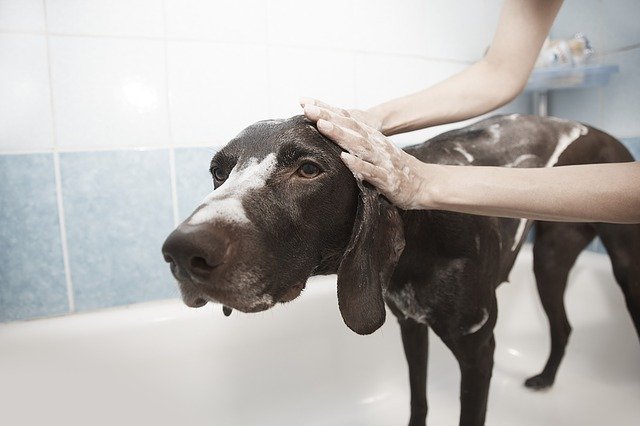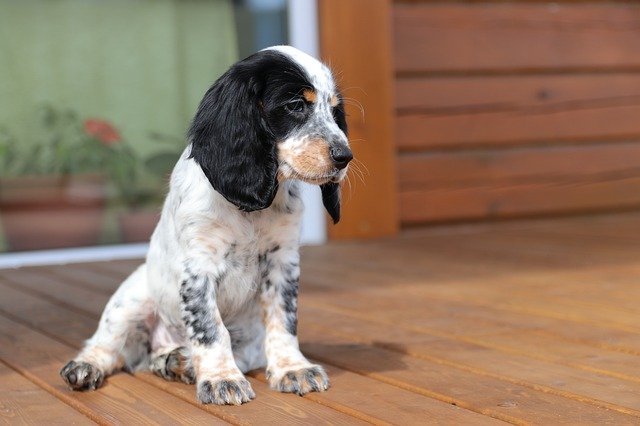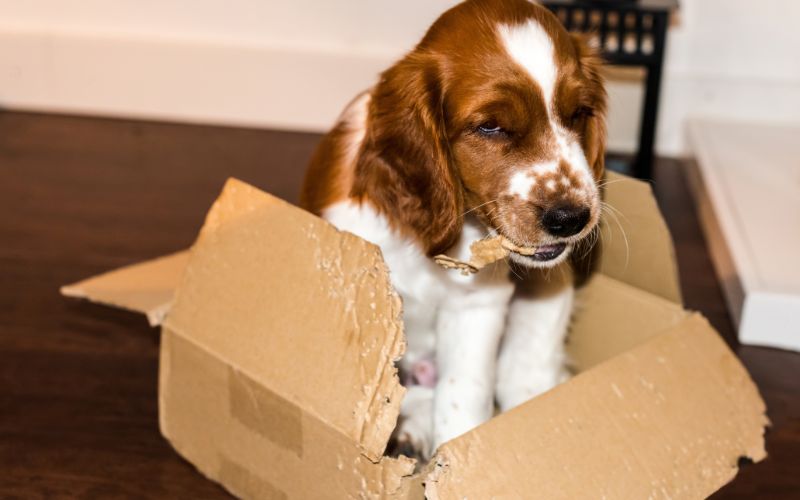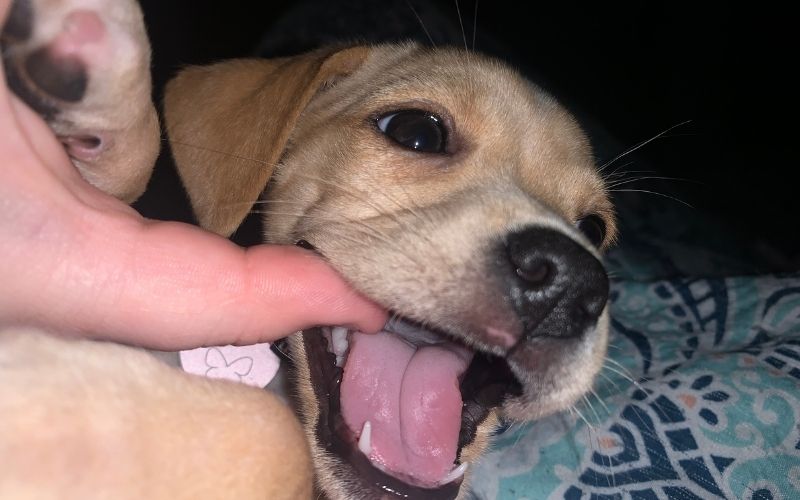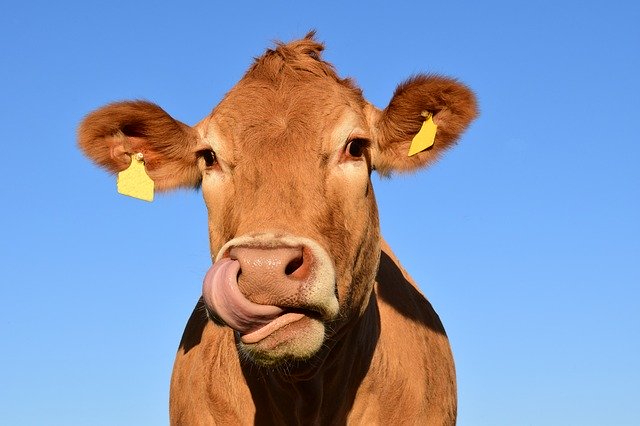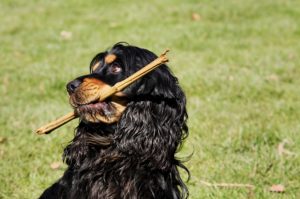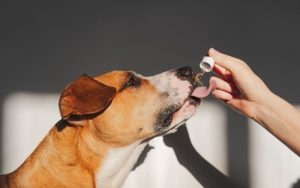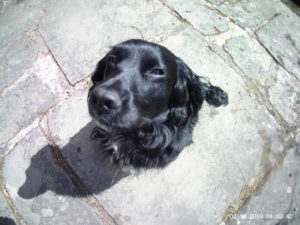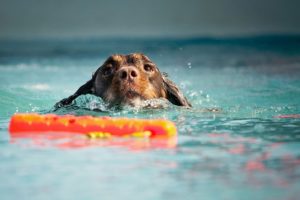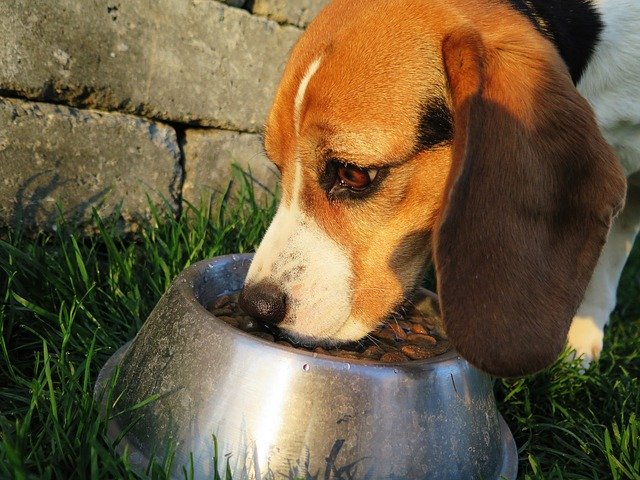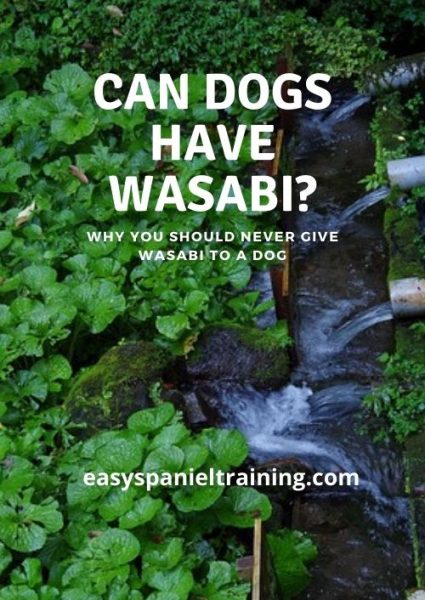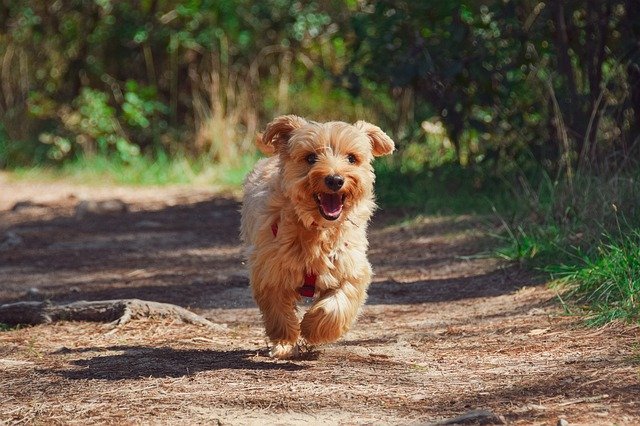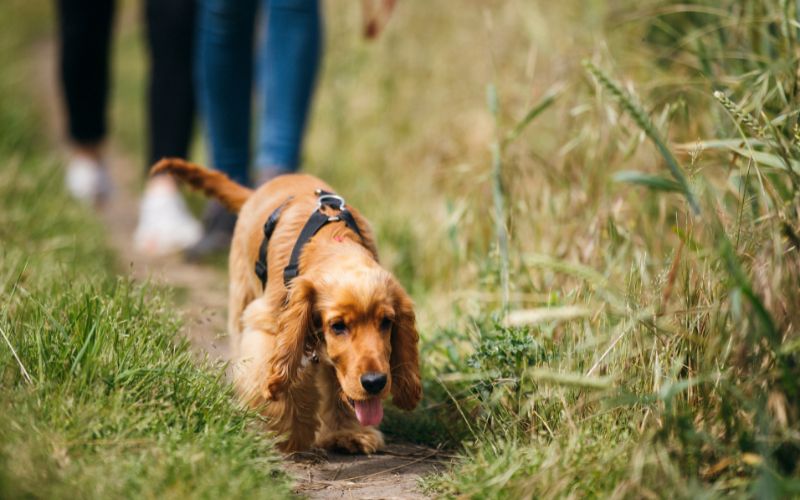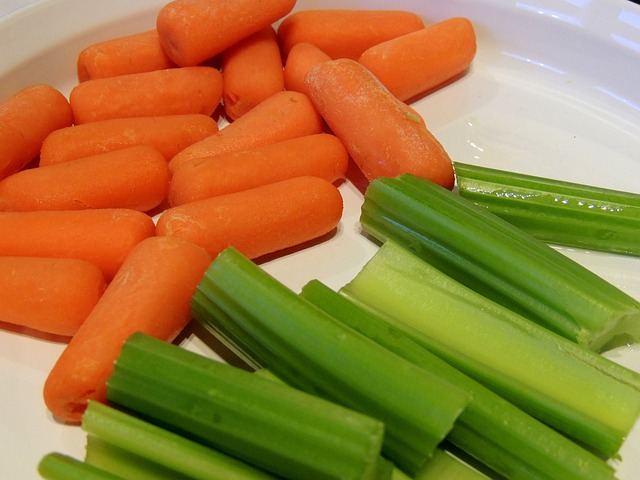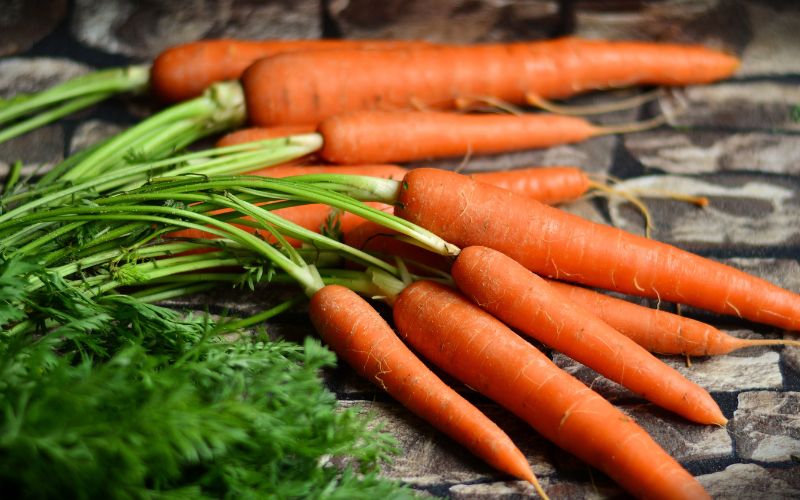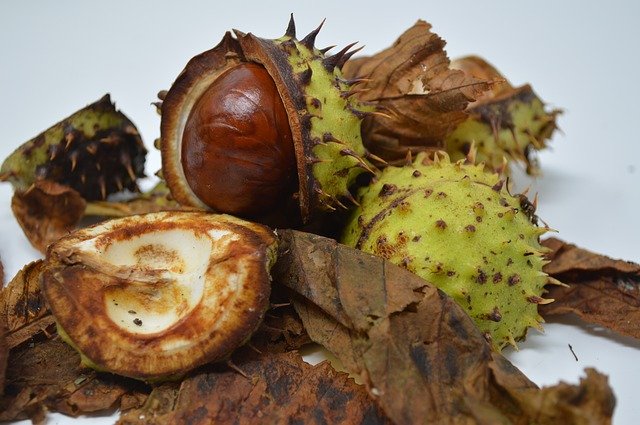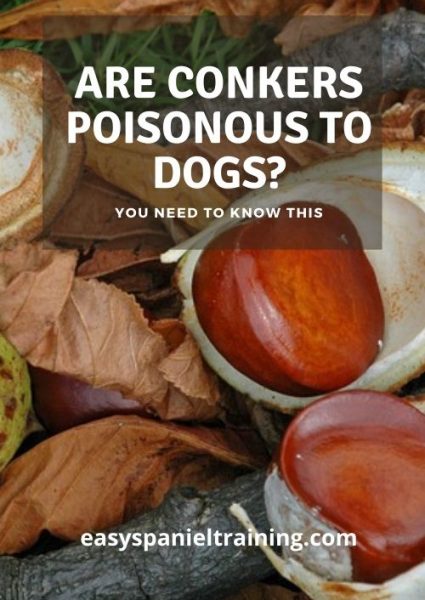Anyone that has ever bathed a dog will most likely have seen the after effects. That crazy, mad running around, rubbing against furniture, rolling around and generally going bonkers.
But why do dogs go crazy after a bath? Bath time is not a natural experience for a dog. Dogs go crazy after a bath due to a number of reasons, the release of energy, trying to get rid of the horrible smell of shampoo, as a way of getting dry or simply due to a rush of blood to the head.
Why do dogs go crazy after a bath?
You’re familiar with the scenario. You’ve just bathed your dog and let him loose from the clutches of the bathroom and, he’s gone completely loopy, charging around at top speed.
Not just running but whizzing about like a lunatic, rubbing against furniture, pressing his face into the carpet and pushing along as though attempting to perform a weird headstand.
Many dog owners refer to this as the zoomies while the more professional term is FRAPS ( Frenetic Random Activity Periods )
Most dogs, like some humans, cannot stand having a bath, and charging around after the event is a form of stress relief that gives them the opportunity to release pent up nervous energy.
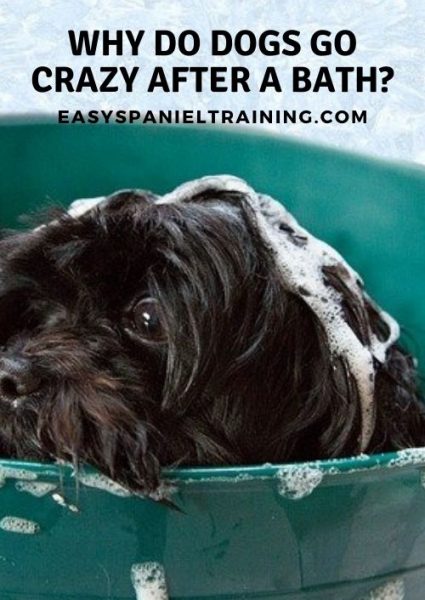
Bath stress relief
Most dogs don’t like bath time and, having a bath can be a very stressful time for your dog. You’ll no doubt have seen the reaction from him when you get him near to the bath, he digs his paws in and won’t move.
He will often attempt to climb out of the bath and will stand with his tail between his legs, unhappy.
Once the experience is over, the joy of no longer being in the bath can be overwhelming for a dog and he goes crazy, charging around to release his nervous energy, relief at no longer being in the horrible bath.
Bath time is just not normal for many dogs.
The horrible smell of doggy shampoo
Your dog works hard to develop his doggy smell and, for him, smelling awful is not a problem.
When you bath him and perfume him with the latest dog shampoo then, quite often, he will not like the smell and will charge around to try and get rid of it.
Remember that your dog’s sense of smell is vastly superior to your’s and the smell of that shampoo could be overwhelming to him and very, very strong.
Your dog’s world is governed by scent and, as far as your dog is concerned being covered in a weird smell ( such as shampoo or perfume ) is just not natural and some dogs could become anxious or stressed about this.
When your dog rubs against the furniture of carpet, or goes outside and starts rolling around, the chances are that he is trying to cover up the shampoo smell with the natural and normal doggy odours that he is used to and which he finds safe.
Natural, unscented dog shampoo
[amazon box=”B07BHMGSWP” template=”horizontal”]
Going crazy after a bath helps him to dry off
Bathing a dog really gets his coat drenched which, for a dog to get so wet, is very unnatural. When you give your dog a bath his inner coat also gets wet, making him uncomfortable.
Going crazy after a bath can help your dog to dry off and become more comfortable.
As well as rubbing against things he will also shake a lot to remove the excess water from his coat and to get air to his skin to help him to cool off.
He’s a dog he is allowed to go crazy after a bath
Dogs love life and they also love to have fun. Whizzing around is something that dogs do from time to time.
If you’ve ever played with your dog and he has got to the bonkers stage, then you will have witnessed him having the ‘zoomies’ and the excitement that this brings to both him and his playmates.
Having fun is allowed when you are a dog and going crazy after a bath may just be fun for your dog, he might just enjoy doing it.
Conclusion – why do dogs go crazy after a bath?
As we’ve seen there are a number of reasons why dogs go crazy after a bath. From nerves through to getting rid of the smell of shampoo, most dogs will get the zoomies after bath time
Be prepared for this behaviour after a bath and remember that he is just a dog and don’t get stressed about it.
